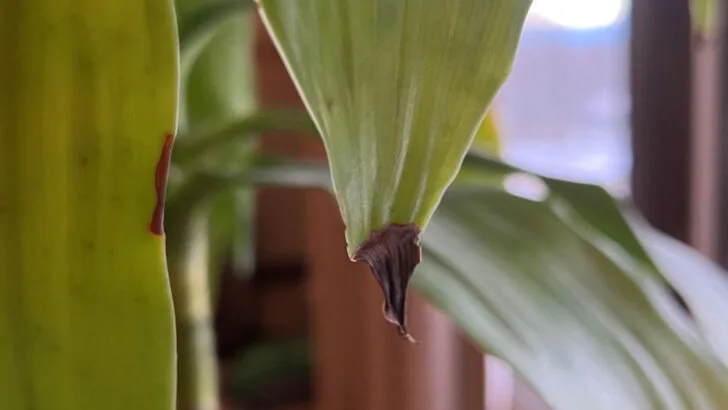You’re watering regularly. You’ve read the care labels. You even talk to your plants (no judgment—we do too). But somehow… they still look sad. Sound familiar? At Plantisima, we know how frustrating it is when your greenery doesn’t thrive despite all your effort. The truth is, many plant issues hide in the details—and most of them aren’t your fault.
In this article, we break down 19 sneaky, surprising, and often overlooked reasons your plants might be struggling, even if you think you’re doing everything “right.” From too-clean pots and poor airflow, to using the wrong watering technique or light that looks bright but isn’t, we’ll guide you through common missteps that could be holding your plants back—and exactly how to fix them.
To all our Plantisima readers who genuinely care for their green companions but still feel stuck—this one’s for you. Because when you understand the why behind your plant’s behavior, you gain the power to transform your home from just surviving… to absolutely thriving.
Overwatering
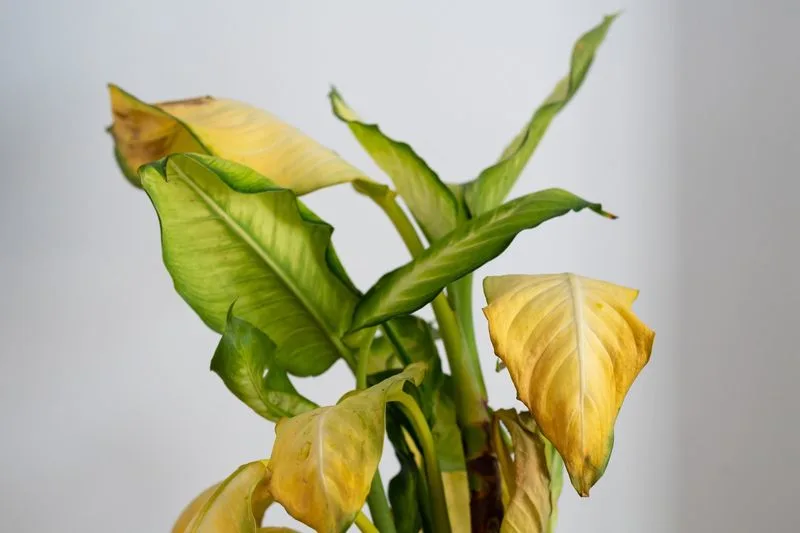
Water is essential for plants, but too much can be as damaging as too little. Overwatering leads to root rot, suffocating roots and preventing them from absorbing nutrients. It’s a common mistake, especially among new plant owners eager to nurture their greenery. Checking the soil’s moisture before watering can prevent this. Allowing the top layer to dry out slightly can be beneficial. Remember, different plants have unique watering needs, and a one-size-fits-all approach rarely works.
Underwatering
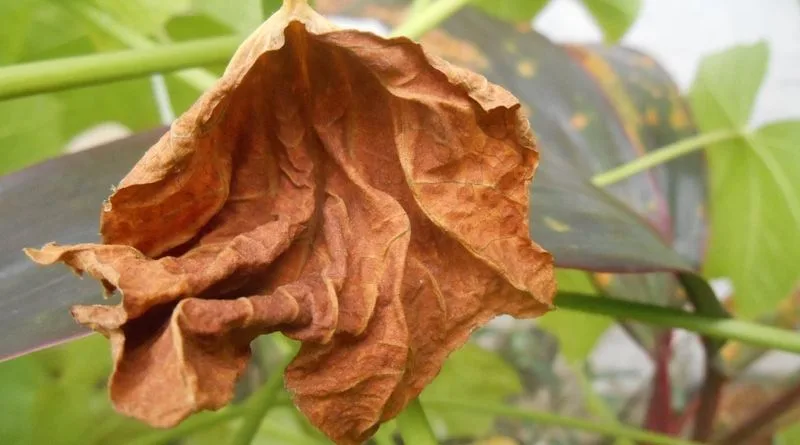
Neglecting your plant’s thirst can lead to brown, crispy leaves and stunted growth. Underwatering is often due to a busy schedule or simply forgetting. Regularly checking the soil’s dryness with your fingers can help you gauge the right time to water. Not all plants need the same amount of hydration. Some thrive with more frequent watering, while others prefer drier conditions. Paying attention to your plant’s specific needs can make all the difference.
Incorrect Lighting
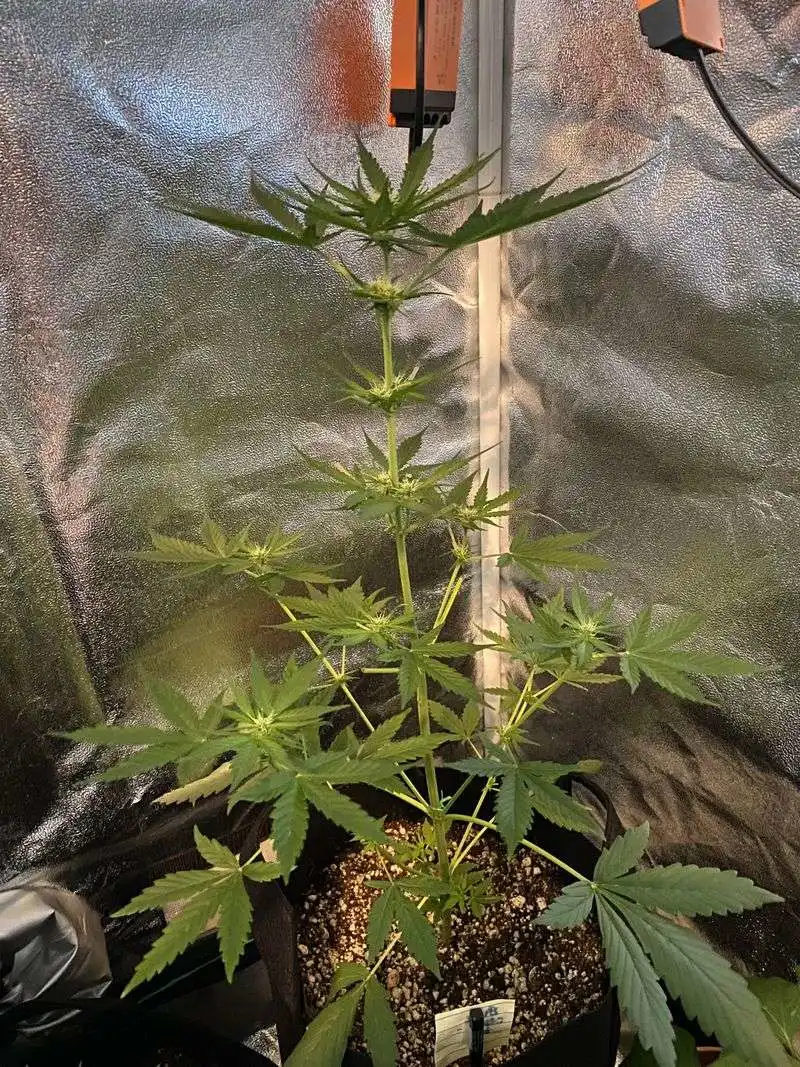
Plants need the right amount of light, but too much or too little can cause stress. Yellowing leaves often signal incorrect lighting. Each plant has its own light preference, ranging from full sun to partial shade. Assessing your plant’s condition can help you adjust its placement. For instance, moving a sun-loving plant closer to a window or a shade-preferring species away from harsh rays can improve its health.
Poor Soil Quality
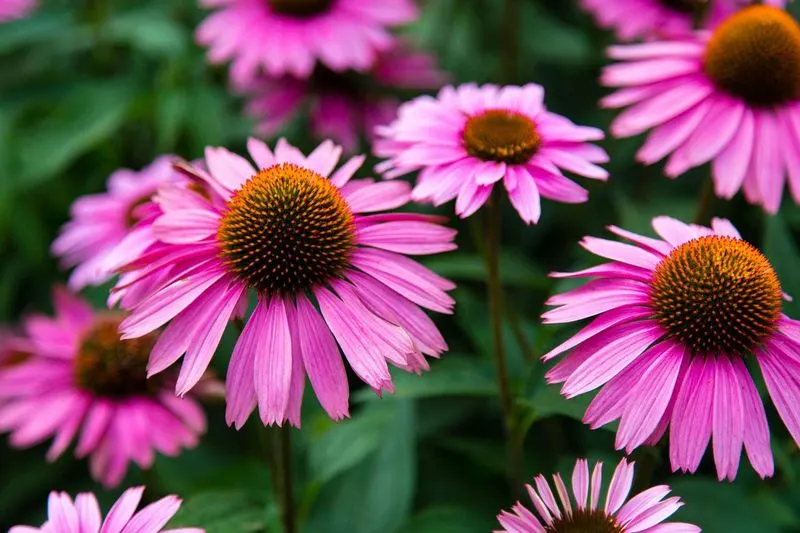
Soil is the foundation of plant health, yet often overlooked. Poor soil quality can restrict root growth and nutrient uptake. Compacted or depleted soil lacks the necessary structure and fertility. Enriching soil with organic matter or using well-draining potting mixes can enhance plant vitality. It’s vital to choose soil that suits your plant’s natural habitat, whether it’s cactus mix for succulents or rich loam for tropical varieties.
Lack of Nutrients
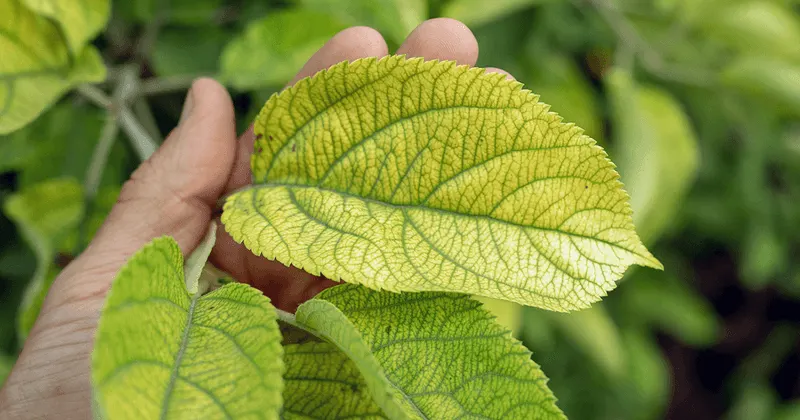
Plants, much like us, require a balanced diet. Lack of essential nutrients can manifest as pale leaves and slow growth. Regular feeding with a suitable fertilizer can provide vital nutrients. However, too much fertilizer can harm your plant, so following recommended guidelines is key. Different plants have varying nutritional needs. Understanding these requirements ensures your green friend gets the right nourishment.
Pest Infestation
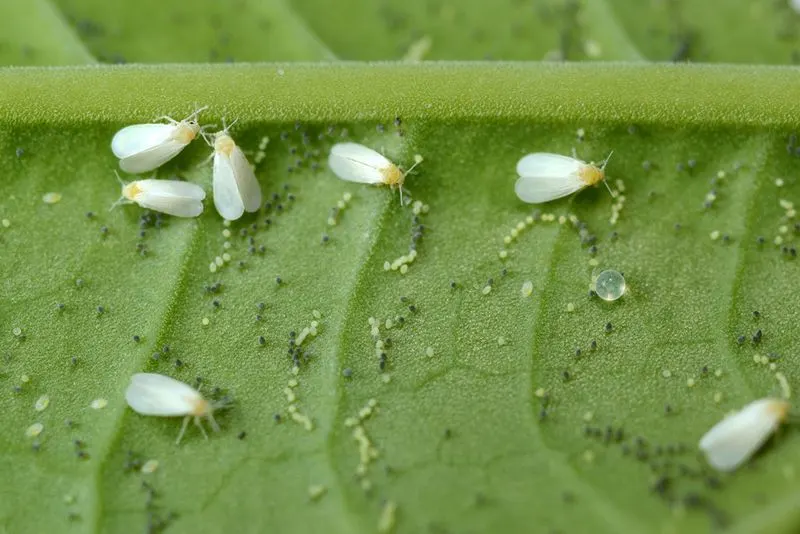
Unseen pests can wreak havoc on your plants. Aphids, spider mites, and other insects can suck the life from leaves. Regular inspection is crucial to catch infestations early. Natural remedies, like neem oil or insecticidal soap, can control pests without harming the plant. Maintaining clean surroundings and avoiding over-fertilization also help in deterring these unwelcome guests.
Improper Pruning
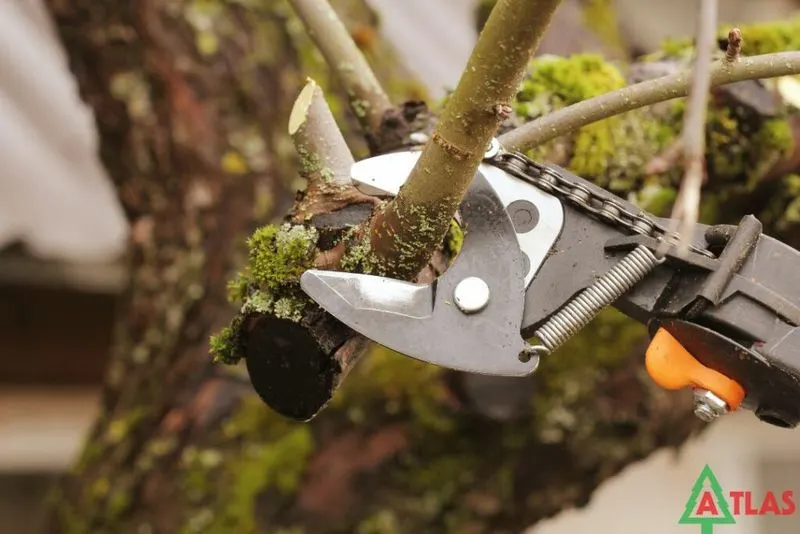
Pruning is an art, necessary for plant health but easily mishandled. Improper pruning can leave plants susceptible to disease and unsightly regrowth. Always use clean, sharp tools and make cuts at the right angles. Understanding your plant’s growth habits is vital. While some species benefit from frequent pruning, others need minimal intervention. Researching the best practices for your specific plant can yield thriving results.
Environmental Stress
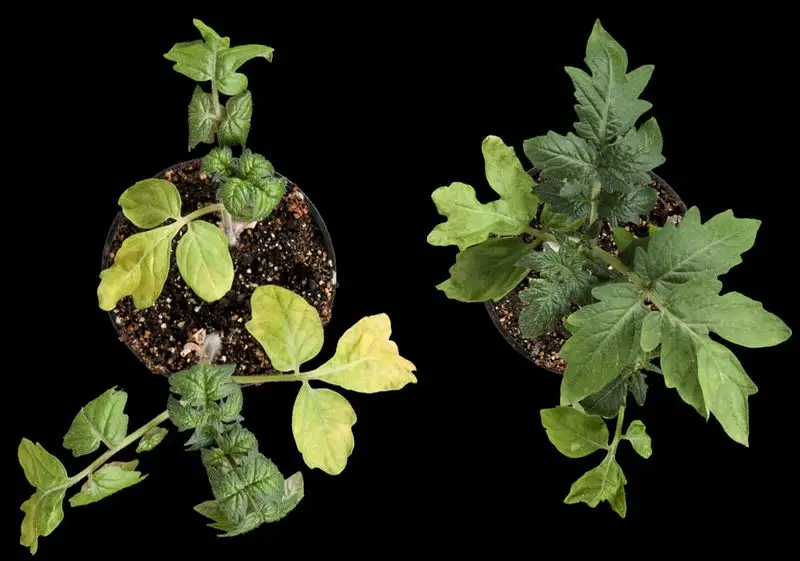
Sudden temperature changes, drafts, or heaters can stress plants. These environmental shifts often lead to wilting or leaf drop. Plants thrive in stable conditions, so finding a consistent spot away from sudden temperature variations is beneficial. Consider your plant’s natural habitat and try to replicate those conditions as closely as possible. A little attention to their environment can prevent undue stress.
Overcrowding
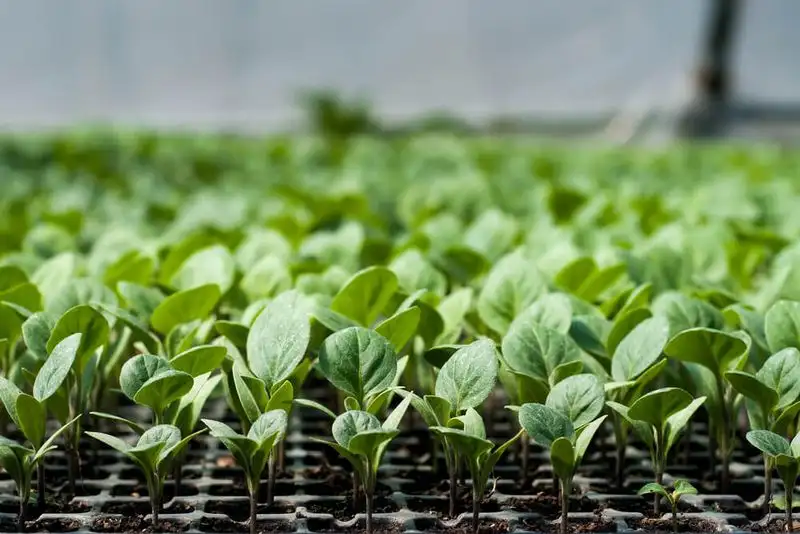
Plants, like people, need their space to grow. Overcrowding can lead to competition for resources, stunting growth and encouraging disease. If roots start circling the pot or growth slows, it might be time to repot. Providing each plant with adequate space allows for better airflow and nutrient access. It’s a simple fix that can have a noticeable impact on health.
Inconsistent Care
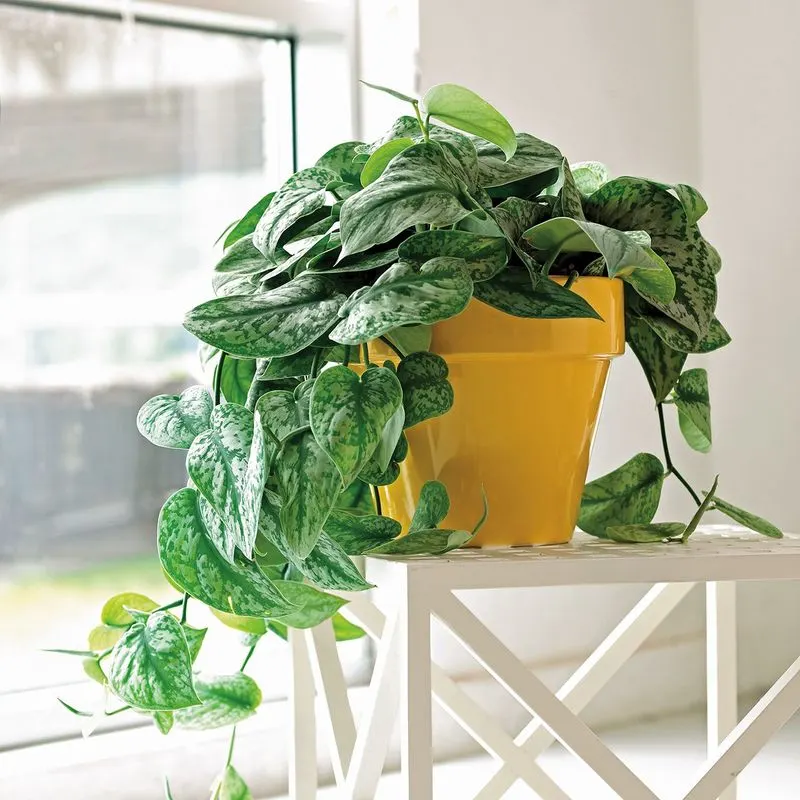
Plants thrive on routine. Inconsistent care—be it watering, feeding, or lighting—can confuse them. Establishing a schedule tailored to your plant’s needs ensures they receive consistent attention. A care journal or calendar can help keep you on track. Understanding each plant’s unique requirements is essential for happy, healthy growth.
Root Bound
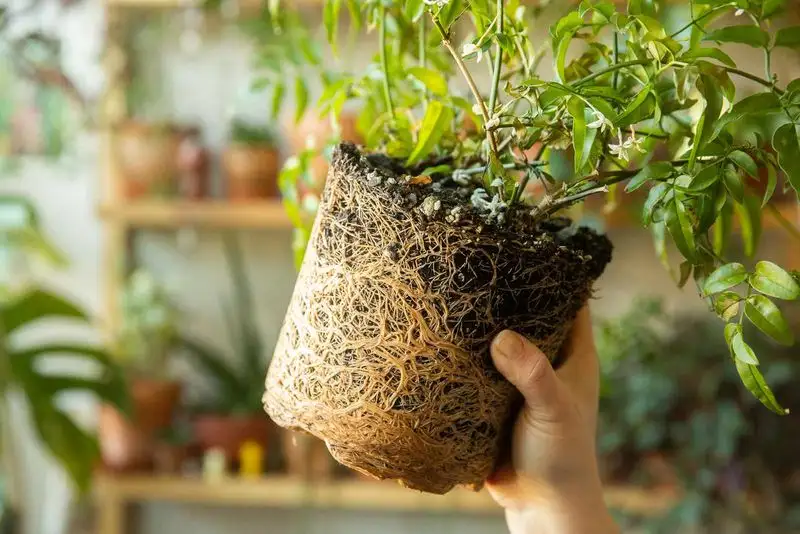
Roots need room to expand. When plants become root-bound, growth stalls, and health declines. Regularly checking under pots for visible roots can indicate when repotting is necessary. Moving to a slightly larger pot allows roots to spread and access more nutrients. Repotting can rejuvenate a struggling plant, giving it a new lease on life.
Water Quality
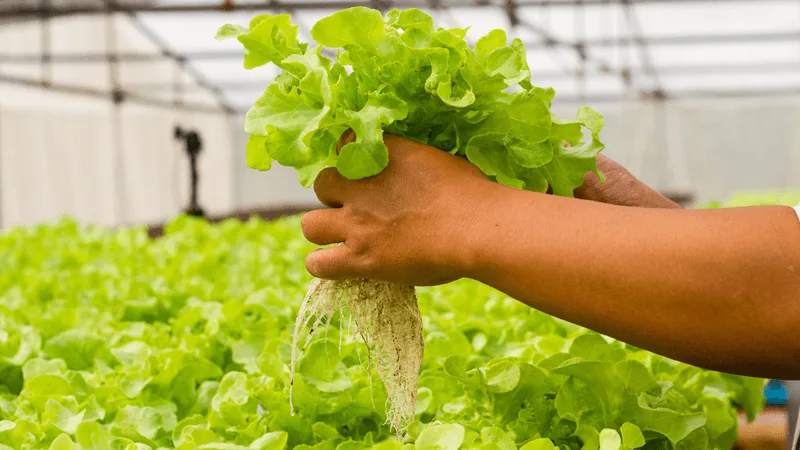
Not all water is plant-friendly. Tap water may contain chemicals like chlorine, harmful to sensitive plants. Using distilled or rainwater can improve plant health. If tap water is your only option, letting it sit for a day to evaporate some chemicals can be helpful. Understanding what works best for your plants is crucial for their well-being.
Improper Humidity
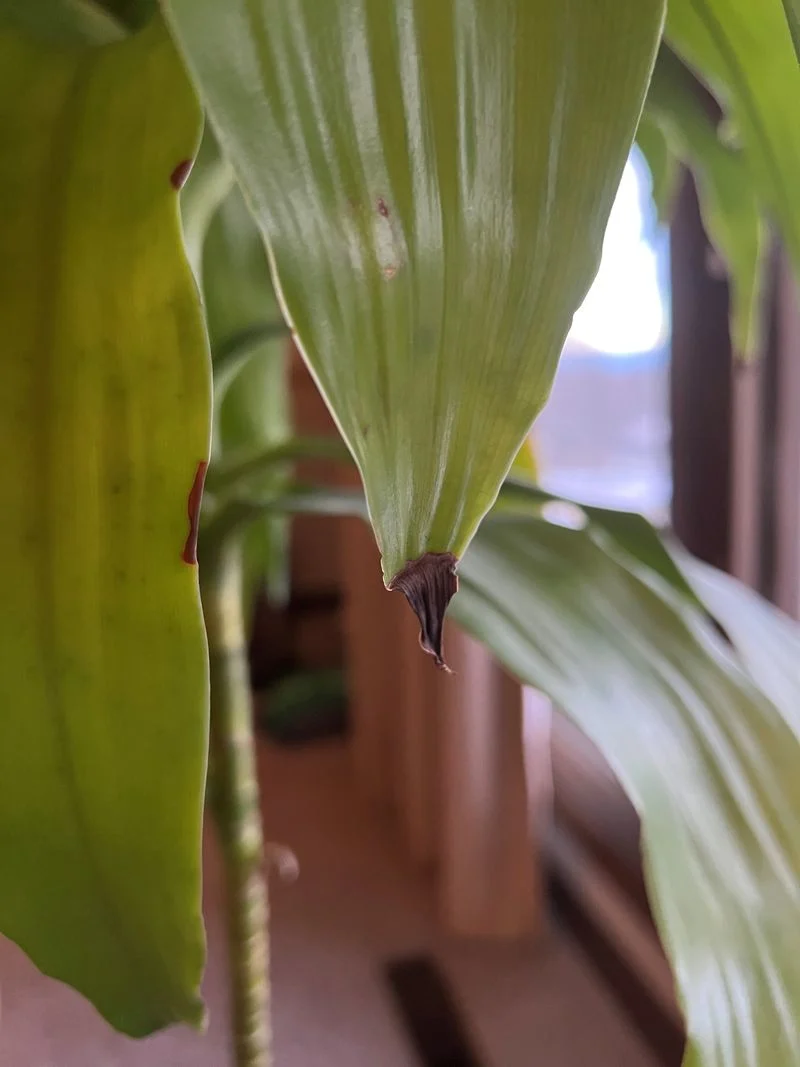
Humidity matters, especially for tropical species. Dry air can lead to brown edges and wilting. Increasing humidity with a humidifier or misting can make a big difference. Grouping plants together or placing them on a water-filled pebble tray also helps. Every plant has its preferred humidity level, and adjusting your environment can encourage thriving growth.
Incorrect Pot Size
Choosing the right pot size is vital. A pot that’s too large retains excess moisture, leading to root rot. Conversely, a too-small pot can restrict growth. Selecting a pot that matches your plant’s size ensures proper drainage and room to grow. It’s a balance that can affect overall health and vitality. Monitor plant growth and adjust pot size as needed.
Seasonal Changes
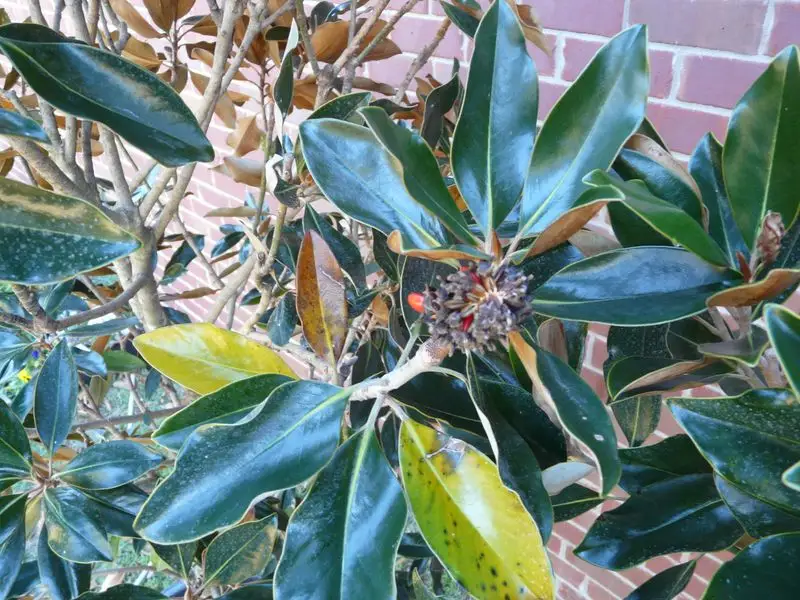
Plants sense the seasons, responding to light and temperature shifts. Seasonal changes can alter growth rates and dormancy periods. Understanding these natural rhythms can aid in adjusting care routines. Some plants may need less water or feeding in winter, while others thrive in summer’s warmth. Tailoring care to the season ensures continued health and happiness.
Lack of Air Circulation
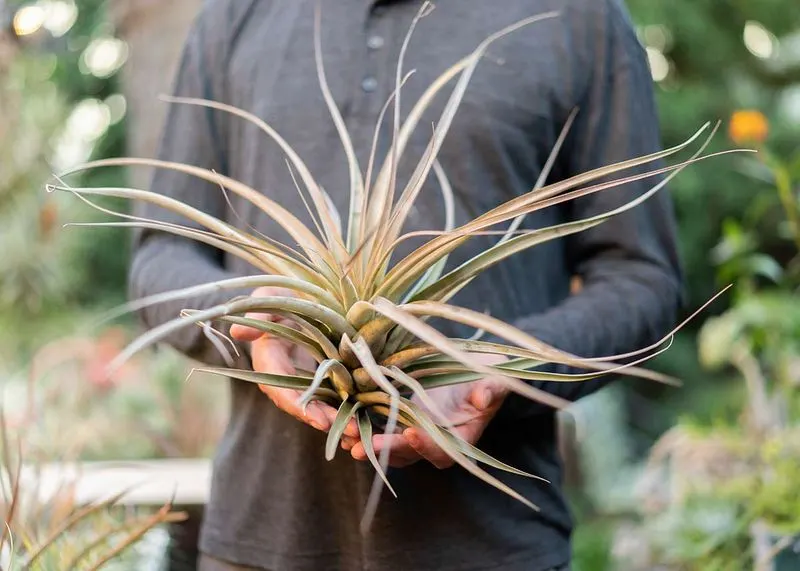
Fresh air plays a crucial role in plant health. Without proper circulation, plants may suffer from mold or pests. Opening windows or adding a fan can stimulate airflow. Ensuring spaces aren’t too cramped allows air to move freely. Attention to air circulation can prevent many common issues, leading to robust growth.
Ignoring Plant Signs
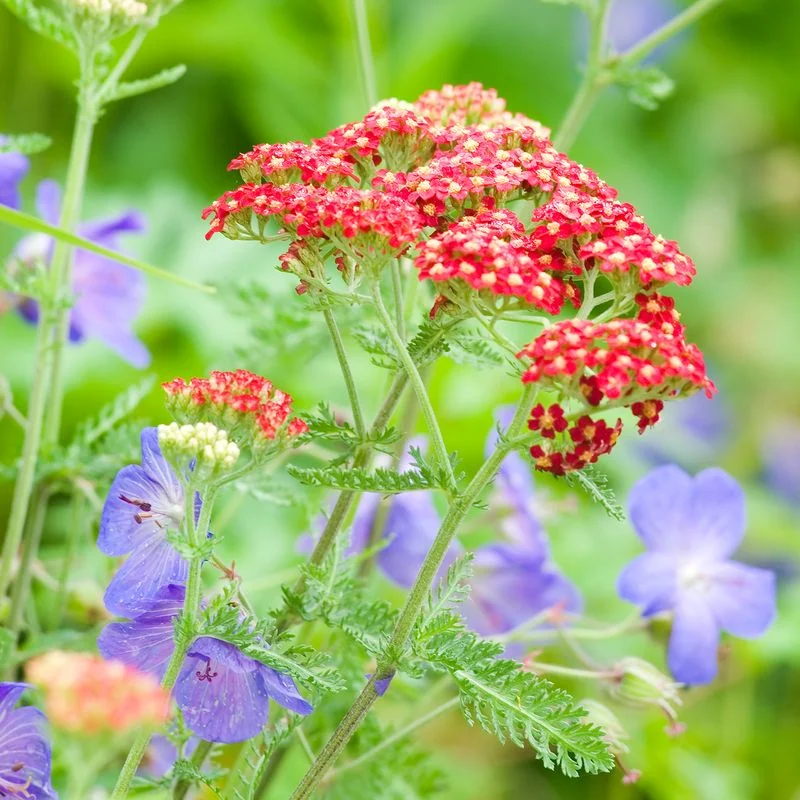
Plants communicate through their appearance. Ignoring signs like yellowing leaves or droopy stems can lead to decline. Regular observation helps catch issues early. Understanding what different signals mean allows for quick, effective responses. It’s about tuning into your plant’s language and acting accordingly.
Wrong Plant for Environment
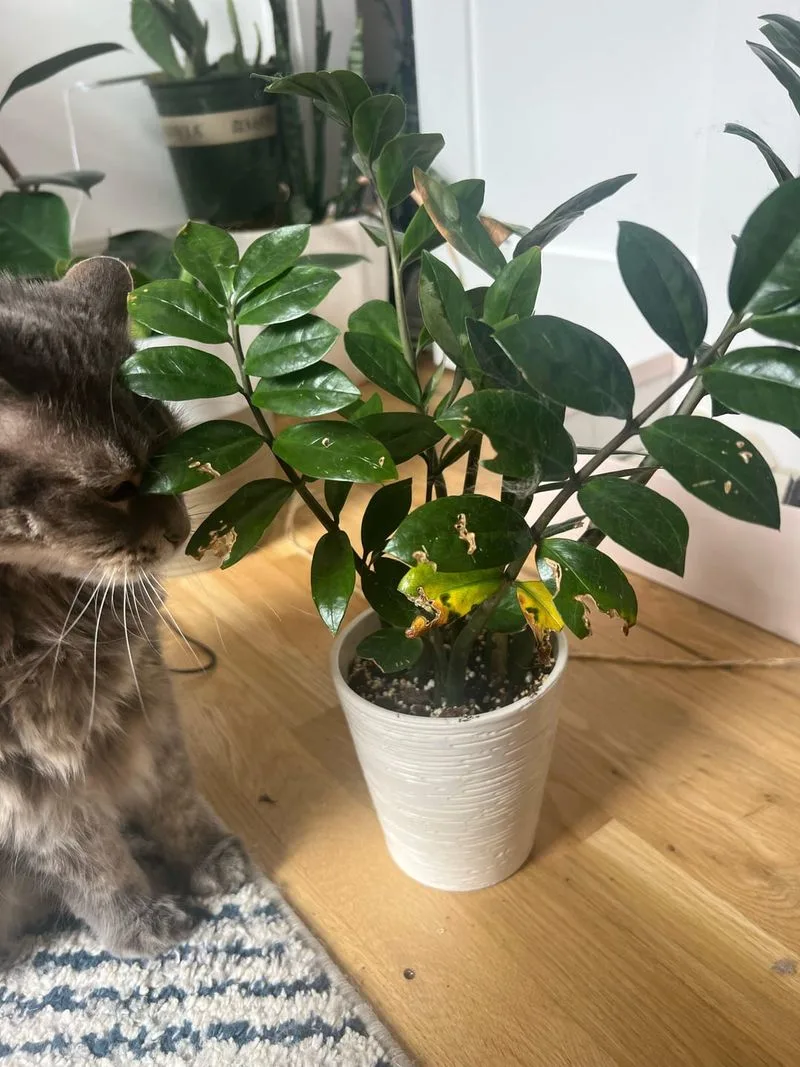
Choosing a plant unsuited to your home’s environment often leads to trouble. Cacti and succulents thrive in light, arid spaces, while ferns prefer humid, shaded spots. Matching your plant’s needs with your living conditions is crucial. Research before buying ensures compatibility, saving future heartache.
Chemical Sensitivity
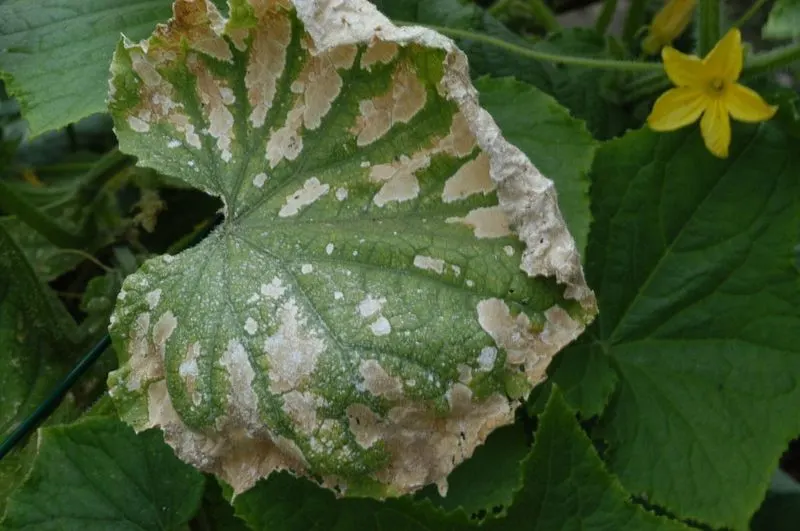
Some plants react negatively to household chemicals and pollutants. Sensitive species may show leaf damage or slow growth. Keeping plants away from areas with strong chemical use, like kitchens or bathrooms, can prevent this. Natural cleaning alternatives are also worth considering. Awareness of chemical sensitivity protects plant health.

